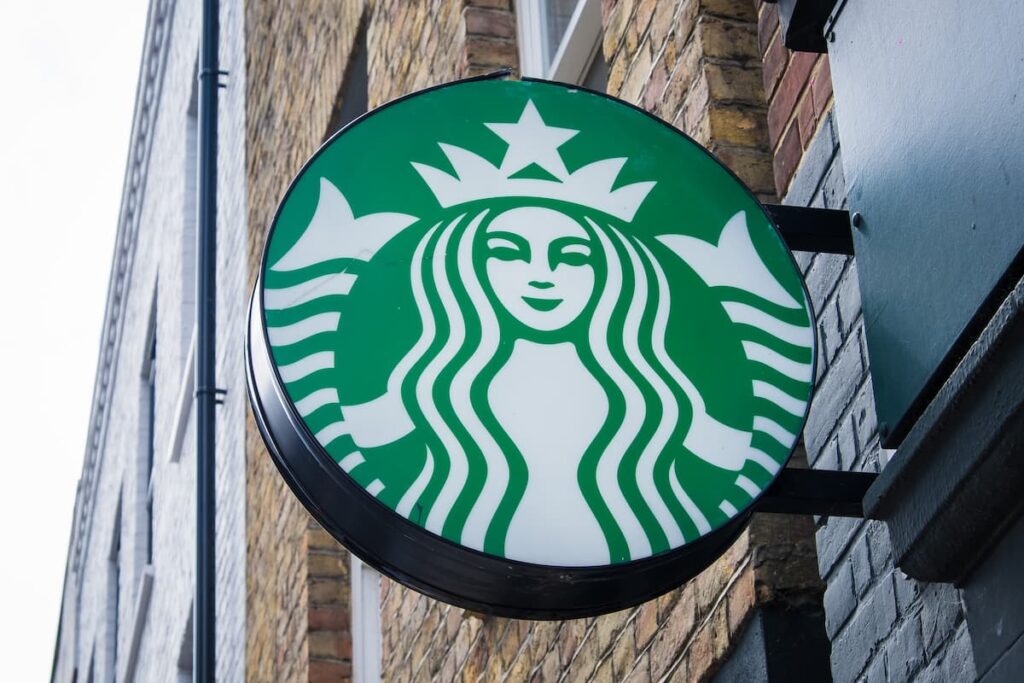AFL-CIO report reveals sharpest CEO-worker pay gap among top U.S. firms.
The wage gap between corporate executives and rank-and-file workers has reached a striking new milestone, with Starbucks CEO Brian Niccol earning 6,666 times more than the company’s typical employee in 2024. The data comes from the AFL-CIO’s annual Executive Paywatch report, released Wednesday, and highlights the largest pay disparity among the 500 top public companies included in the study.
Niccol, who became Starbucks’ CEO in September, received nearly $98 million in total compensation last year. In contrast, the median annual pay for a Starbucks employee was under $15,000, according to filings with the U.S. Securities and Exchange Commission. The massive difference underscores growing concerns about income inequality and corporate compensation practices in the United States.
Soaring Executive Pay Outpaces Worker Earnings
Across the S&P 500, CEO pay averaged $18.9 million in 2024, an increase of 7% from the previous year. The typical U.S. worker, by comparison, earned $49,500 — representing a median pay ratio of 285 to 1, up from 268 to 1 in 2023. The AFL-CIO noted that the average private sector worker received a 3% raise last year, well below the gains seen by corporate executives.
To put the disparity in perspective, the report calculated that a typical U.S. worker would need to have started earning wages in the year 1740 to match what a CEO made in just 2024. Notably, the total compensation figures for executives are not solely based on salary, but include substantial stock awards and bonuses. Nearly half of the total pay packages came from restricted stock, with another $4 million on average tied to performance bonuses.
Part-Time Roles and Global Workforce Skew Starbucks Median
Starbucks attributed its particularly low median wage figure to its part-time and flexible work arrangements. In its SEC filing, the company noted that many of its 361,000 global employees work part-time roles, particularly in customer service positions such as baristas. This large, international workforce and the prevalence of reduced-hour jobs have contributed to the calculation of a lower median wage.
However, the figure has intensified scrutiny over labor conditions at the popular coffee chain, where worker activism has grown in recent years. Employees affiliated with Starbucks Workers United have organized strikes and called for wage increases and improved conditions. According to AFL-CIO Secretary-Treasurer Fred Redmond, the pay disparity is a driving force behind these labor actions. “It’s no wonder why the workers there at Starbucks are fighting to form a union to improve their pay and working conditions,” he said.
New Tax Cuts Deepen Gap, Says Union Report
The AFL-CIO’s report also criticizes the latest tax legislation signed by President Donald Trump on July 4, which the union says disproportionately benefits wealthy executives. The new package extends the lower individual income tax rates first introduced in the 2017 Tax Cuts and Jobs Act.
According to the report, the average CEO will receive a tax break of nearly $490,000 from the legislation, while the typical worker will benefit from a significantly smaller reduction of just $765. The union argues that this disparity further entrenches inequality and rewards top earners at the expense of the broader workforce.
Starbucks did not immediately respond to a request for comment regarding the report’s findings.
Broader Trend Among u.s. Corporations
While Starbucks had the widest gap in 2024, it was not alone in awarding massive executive compensation packages. The highest-paid CEO among the S&P 500 last year was Patrick Smith of Axon Enterprise, a company that manufactures Tasers and other equipment for law enforcement. Smith earned nearly $165 million in total compensation.
The growing disparity between executive and worker pay continues to be a contentious issue, particularly in the context of inflation, union activity, and legislative policy. As more companies face pressure from employees, investors, and the public, the question of how to address income inequality remains central to the national labor debate.



